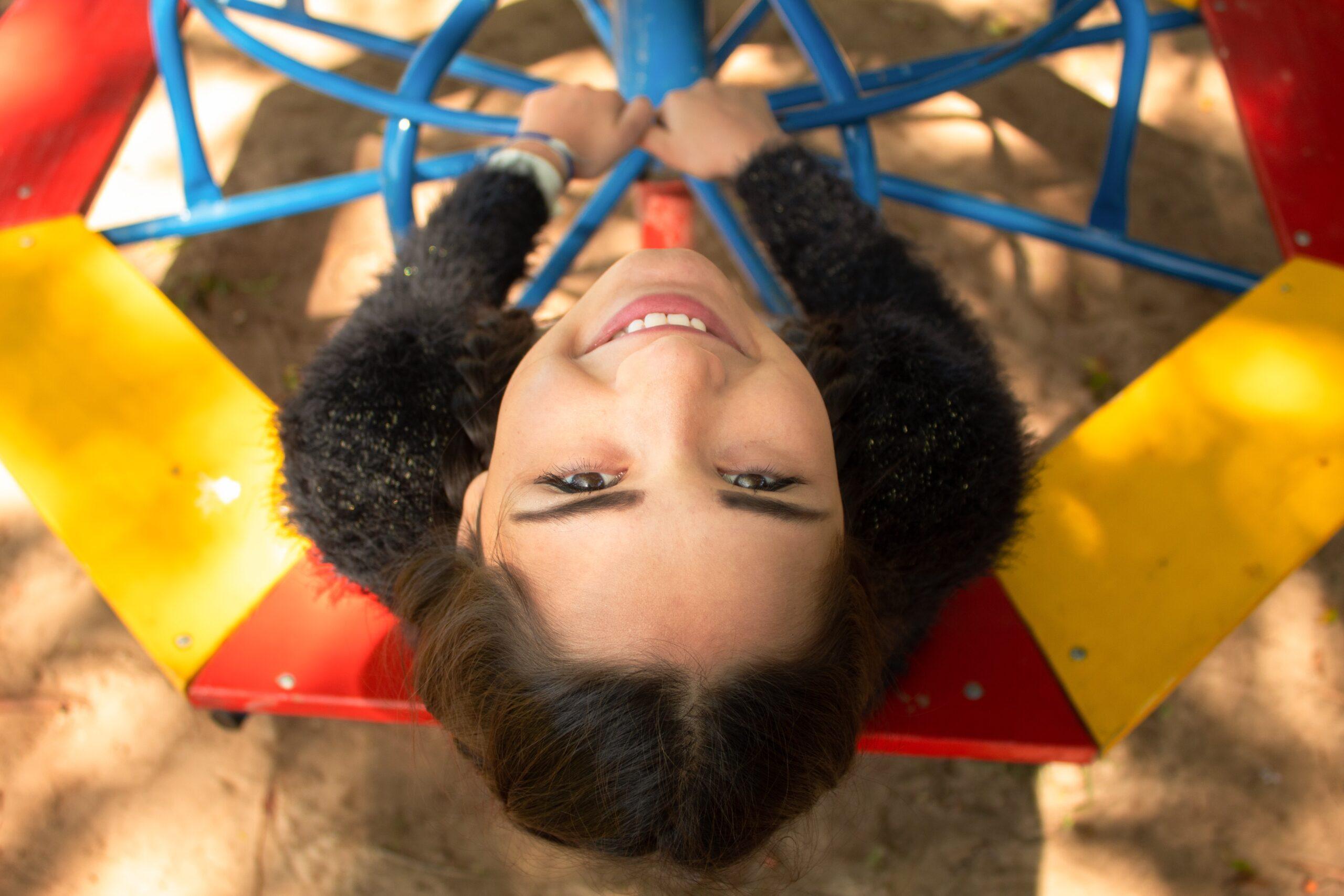When Randi and Lee Giller were selecting childcare for their 20-month-old daughter Amanda they turned into an investigative team.
Like many parents, The Gillers had endless choices. A nanny? An au pair? A childcare facility? A family childcare program run out of a persons home?
Both Randi and Lee work an average of 95 hours a week. But the cost of childcare wasn’t appealing. After pounding the pavement, going through various newspapers and contacting different agencies they found through the local yellow pages, the Gillers decided on a new childcare facility that got high recommendations from other parents.
A national parenting poll that examined parents perceptions of childcare, what they expect and want and the barriers they face in obtaining quality childcare was conducted in February 2006 by the National Association of Child Care Resource and Referral Agencies (NACCRRA). NACCRRA is a non-profit organization that works with more than 800 states and local childcare resource and referral agencies to ensure that families in their local community have access to high-quality, affordable childcare. Their survey, which polled 592 parents nationwide, with at least one child under 6, revealed that parents today want childcare that is safe and offers learning experiences for their children. But in many states, standards are not in place to ensure this.
Parents make the logical assumption that standards are in place and that childcare and group and family homes are inspected regularly and that the adults caring for their children are trained in early childhood education, CPR and first aid when many are not. In fact, in New York State there is no minimum requirement for early childhood education and quality training before a caregiver starts work.
“Regulations and requirements vary greatly from state to state,” says Margery Sher, director of external affairs and parent engagement at NACCRRA. ”Parents need to be more vigilant today. They need to ask questions and know exactly what is going on.”
The survey also revealed that 63 percent of children under age 5 are in some type of childcare arrangement every week. And of that number, 30 percent are in childcare centers; 23 percent are using relatives; 17 percent are in part day programs, such as nursery and preschool programs; 15 percent are in family childcare homes and 11 percent are in informal care that includes nannies, au pairs, friends and neighbors.
“There is a large number of American children in care outside the home,” says Sher. ”Today’s parents need to work out of necessity. In our poll, most parents said they would like to be wealthy enough not to work but that is not reality.”
To help educate parents, the Child Care Council of Nassau, Inc. explains the various forms of childcare that are regulated by the New York State Office of Children and Family Services. Childcare centers, one of the most popular, is a great option for parents who are looking for structure and want their child with children their own age. The director and the staff must meet academic requirements. Groups of children are separated by age and developmental needs and group sizes are determined by state regulations. Most operate year-round and have hours suitable for a standard workday.
Family/group childcare programs
Family/group childcare programs are run by one or two providers in their own home or someone elses residence. Some parents may prefer this type of care for infants and very young children because it offers a home-like environment with a small group and mixed age setting. It is also a good alternative for parents who need flexibility because they work part-time, extended hours or weekends.
Family childcare requires a maximum of six children from ages 2 through 12 years or five children from 6 weeks through 12 years (only two of which may be under 2 years old). In this type of setting, the provider may also be allowed to care for two additional school-age children. Group family childcare follows the same concept as family childcare, but allows up to 12 children from ages 2 through 12 years (for every two children under 2 years of age, there must be one adult). In this childcare surrounding, the licensed provider may be allowed to care for two additional school-age children, but one full-time assistant is required.
School-age childcare programs
School-age childcare programs are for children between the ages of 5 and 12. They operate separately from other childcare programs and must be registered with the New York State Office of Children and Family Services (unless are operated by a public or private school, on school ground or are strictly recreational). This type of care is usually done before or after school, during school holidays and summer vacations. Care is provided in a variety of different settings: elementary schools, churches/temples, community centers, childcare centers and family childcare homes.
Nursery school and preschool programs
Nursery school and preschool programs are another popular option. This type of care is beneficial for parents who are looking for educational and social stimulation. Children in this type of environment are usually 2 years and 9 months to 5 years of age. These programs do not have to be regulated by New York State and are usually three hours or less per day. If more than three hours of care is provided per day, the school must be licensed by New York State.
In-home care
For those parents who prefer to have their children cared for in their own home, there are several alternatives. A nanny (live-in or live-out) is one of the more popular modes of in-home care. With this option, the advantages include convenience and flexibility. This type of care has minimal regulation. A license is not required and the caregiver may or may not have training in child development. Salary and benefits are negotiated by the caregiver and parents usually have a tax obligation.
Au pairs
An au pair, someone who is from another country and lives with a family for one year, providing up to 45 hours of childcare per week, is becoming more popular. Families are required to pay up to $500 for educational expenses and usually have to pay agency placement fees that can be costly. This form of care is regulated by the United States Department of State. Parents who rely on au pairs usually enjoy the cultural exchange it offers.
Mother’s helpers
For parents who work from their homes, a less costly option is a mother’s helper. Usually there is little or no previous child development training and experience, and the mothers helper is not left alone with the child for more than brief periods.
According to Arlene Labenson, director of parent services at the Child Care Council of Nassau, Inc., “The parent has to decide for him or herself what works for them. I know parents who like to have their children enjoy the experience of meeting new people each year from different countries and there are others who like their children to have consistency with their child over the years.”
Labenson advises parents to keep some factors in mind. Does your child do best in a small group or in a larger group with a lot of activity and contact with other children? Does your child have special scheduling needs, is he/she toilet trained, does he/she need lots of room to run around? Does your child bond with others easily, or handle separations well? Would your child benefit from having one provider vs. a group of teachers in his/her daily life?
Just because a program is regulated and has a license, registration or certificate doesn’t make it a quality program, advises Labenson. Quality is determined by the eyes of the beholder. In other words, trust your gut.
Whatever childcare option parents choose, Audrey Rudolph, coordinator of resource and referral for the Child Care Council of Suffolk, offers this suggestion: Check out the adult to child ratio. The fewer the children for each adult, the better it is for the child. Also consider group size. A smaller group is more favorable. Look at caregiver qualifications. Parents should ask about the caregivers training, education and experience and find out if they have been accredited by a national organization.
Once the type of care is determined, Rudolph advises parents to stay involved, have parent-caregiver meetings regularly and ask questions.
Marlene Friedberg, who owns a business in the garment district, decided not to go the daycare center route since she works more than 12 hours a day. Her husband, Evan, who is in sales, also works long hours. For them, choosing a nanny to care for their two boys Brett, 10, and Seth, 6, was a no-brainer.
”A nanny works for us. We liked the convenience and flexibility of it. We bought her a car so she can drive our children to all their afterschool activities”, says Friedberg, who advises other parents who are seeking a nanny to do their homework.




